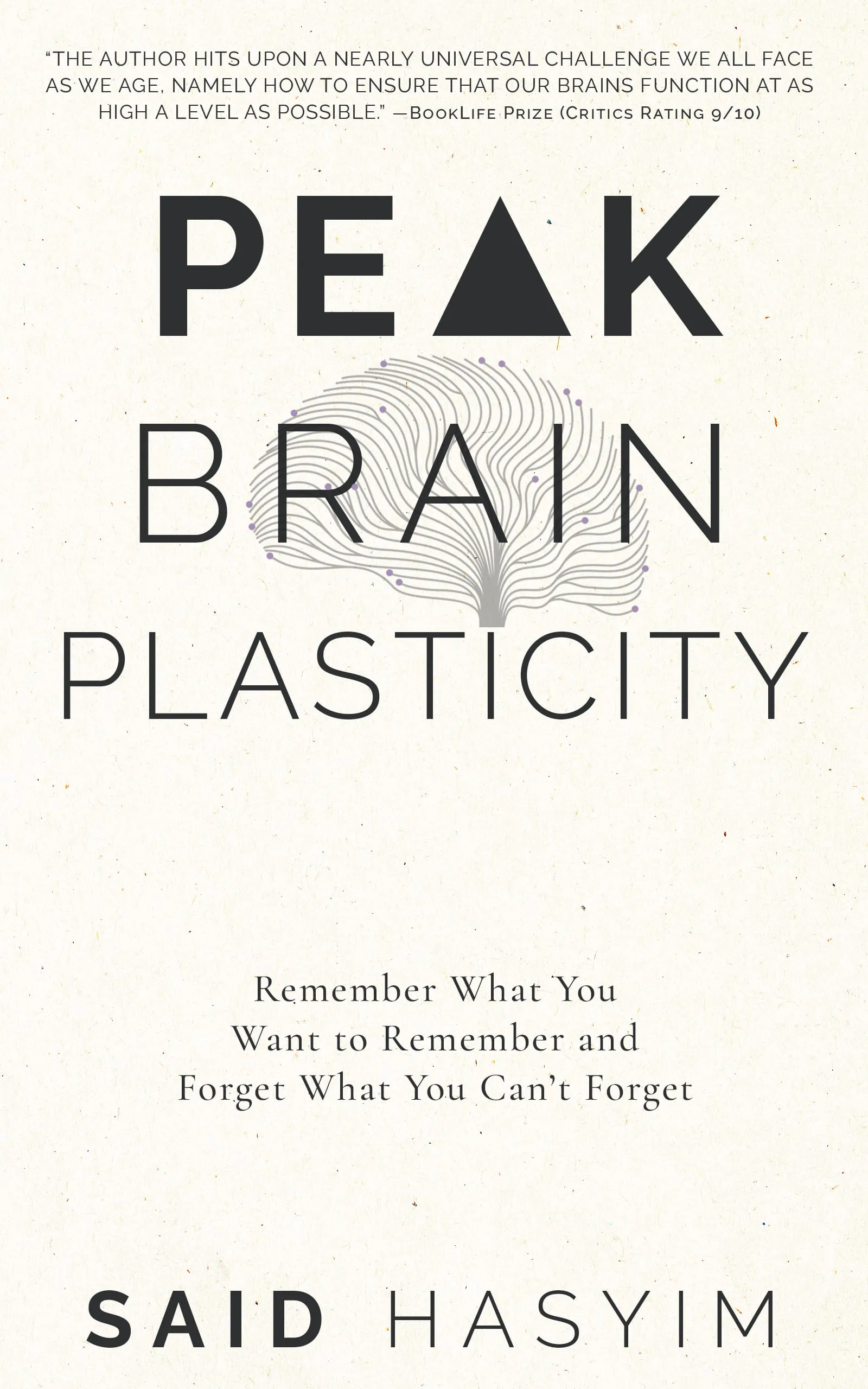How to Create an Effective Learning Environment
Creating an effective learning environment is pivotal for fostering educational success, engagement, and motivation. Whether you're an educator, a parent, or someone seeking to enhance self-directed learning, understanding the components that contribute to a productive and stimulating learning atmosphere is essential. In this blog post, we will explore various strategies and considerations that can help you establish a dynamic learning environment, whether in a classroom, at home, or in an online setting.
Understanding the Learning Environment
Before diving into specific strategies, it's essential to define what constitutes a “learning environment.” It encompasses the physical space, emotional atmosphere, and psychological factors that influence the learning process. An effective learning environment promotes collaboration, communication, creativity, and critical thinking.
Key Components of an Effective Learning Environment
Physical Space
- Comfortable and Flexible Layout: The arrangement of furniture should facilitate movement and interaction. Consider using movable desks or circular seating arrangements to encourage collaboration.
- Resources and Materials: Ensure that essential resources are readily available. This includes books, technology, and manipulative materials that support various learning styles.
- Clarity and Organization: A clutter-free environment allows learners to focus better and reduces distractions. Clearly labeled materials and zones can enhance accessibility.
Emotional Climate
- Safe Environment: Create an atmosphere where learners feel safe to express themselves, take risks, and make mistakes. Establishing clear rules around respect and openness fosters trust among learners.
- Encouragement and Support: Regularly offer positive feedback and encouragement. Celebrate both individual and group achievements to boost morale and motivation.
- Inclusivity: Tailor the environment to accommodate learners' diverse backgrounds, abilities, and interests. This can involve diverse materials, different assessment styles, and varied teaching approaches.
Social Atmosphere
- Collaborative Learning: Encourage group work and collaborative projects. Facilitating interactions among learners builds community and promotes peer learning.
- Communication: Design activities that promote dialogue, discussion, and debate. Open lines of communication between educators and learners can enhance understanding and foster relationships.
Curricular Framework
- Relevance and Interest: Align learning activities with students’ interests and real-world scenarios. This relevance increases engagement and helps learners see the value in what they are studying.
- Variety of Teaching Methods: Incorporate various instructional strategies, including direct instruction, discussions, hands-on activities, and technology-integrated lessons, to cater to different learning preferences.
Strategies for Creating an Effective Learning Environment
Now that we’ve outlined the main components, let’s explore concrete strategies to build an effective learning environment.
1. Assess Needs and Gather Feedback
Before creating or modifying a learning space, assess the needs and preferences of the learners. Conduct surveys or informal discussions to gather insights into what elements they find most conducive to their learning. Regularly revisiting and adjusting your strategies based on feedback ensures continuous improvement.
2. Establish Clear Expectations and Routines
Setting clear expectations for behavior, participation, and learning objectives helps create a structured environment. Consistent routines build safety and stability, which can reduce anxiety among learners. Share these expectations transparently and revisit them regularly to reinforce their importance.
3. Incorporate Technology Thoughtfully
Integrating technology into the learning environment can enhance engagement and accessibility. However, it should be integrated thoughtfully so that it supports pedagogy rather than dominate it. Utilize tools that promote interactive and collaborative learning, ensuring that every learner can participate meaningfully.
4. Facilitate Growth Mindset
Encourage a growth mindset within the learning environment by emphasizing perseverance, effort, and resilience. Help learners understand that intelligence and abilities can be developed with practice. Share stories of how challenges can lead to growth and learning.
5. Design for Variety
Incorporate a mix of individual, small group, and large group activities. Rotating through different types of tasks can invigorate the learning process and appeal to varied learning preferences. This diversity also keeps learners engaged and active participants in their education.
6. Foster Relationships
Building solid relationships among learners and between educators and learners is foundational for an effective environment. Take the time to get to know your learners, their interests, and their challenges. Strong relationships promote trust and willingness to collaborate, contributing to a more productive learning atmosphere.
7. Create a Stimulating Environment
Use visual aids, bulletin boards, and thematic displays to create interest in the learning space. Incorporate elements that inspire curiosity, such as asking open-ended questions or posing challenges related to the subject matter. Aesthetically pleasing and thought-provoking displays can ignite creativity when paired with the curriculum.
Conclusion
Creating an effective learning environment is an ongoing process that requires intentionality, adaptability, and a commitment to the needs of learners. By considering various factors such as physical space, emotional climate, social dynamics, and curricular frameworks, and by implementing strategic practices, you can cultivate an atmosphere that nurtures growth, curiosity, and engagement.
Remember that every learning environment is unique, and the best results come from customizing strategies to fit your specific context. Be open to experimentation, seek out feedback, and continually refine your approach to foster a thriving learning community. With dedication and creativity, we can make learning an enriching experience for all!
By implementing these principles into your learning space, you're not just creating an environment where knowledge is imparted; you’re nurturing a community where learners are inspired to thrive.
Harness the Power of Neuroplasticity
Discover Peak Brain Plasticity, a practical book to harnessing neuroplasticity. Enhance your memory, learn new languages quickly, and alleviate anxiety with effective study methods. Uncover daily habits that impact cognitive health and explore techniques for accelerated learning and memory retention. Unlock your brain's potential for growth and transformation.
